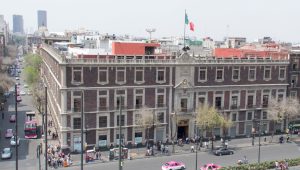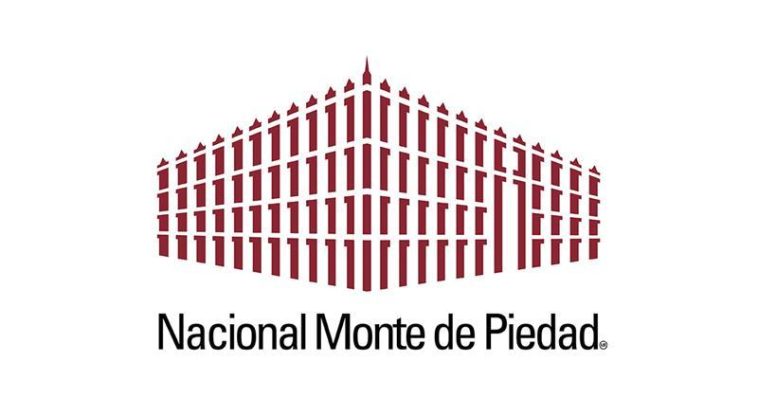When Spanish learners hear the expression llevar algo al Monte de Piedad, it can sound poetic, even mysterious. Literally, it means “to take something to the Mount of Mercy,” but in everyday Spanish it simply refers to pawning an item. This expression has deep roots, going all the way back to Renaissance Italy and the Catholic Church’s efforts to offer credit to the poor without the abusive interest rates charged by moneylenders at the time.
The first Monte di Pietà (Mount of Piety) was created in 1462 in the Italian city of Perugia by the Franciscan friar Barnabas of Terni. Its purpose was charitable: to lend small amounts of money to people in need, using their personal items as collateral, but charging no interest or just a symbolic one. This idea quickly spread across Italy, especially in the central and southern regions, and became part of a larger movement promoted by the Franciscan order.
By the 16th century, Spain controlled large parts of the Italian peninsula — including the Kingdom of Naples, Sicily, Sardinia, and the Duchy of Milan. So when the Spanish Empire adopted the Monte di Pietà model, it spread easily through its vast territories. What had started in central Italy traveled through Spanish-ruled southern Italy, then crossed the Atlantic to reach the Spanish colonies in the Americas. In other words, both Italy and Mexico were part of the same global empire at the time, which explains how this charitable banking idea could travel so far.
In New Spain (today’s Mexico), the first Monte de Piedad was founded in 1775 by a wealthy Spaniard named Pedro Romero de Terreros, Count of Regla. He called it the Monte de Piedad de Ánimas, and his mission was also to help people in need. This institution still exists today as the Nacional Monte de Piedad, and it has been operating for 250 years, making it one of the oldest pawnshop-style institutions in the Americas.
Today, when someone in Mexico says they are going to llevar algo al Monte de Piedad, it simply means they will pawn an item to get cash. Even if they don’t literally go to the Nacional Monte de Piedad, the expression has become a general way to refer to any pawnshop.
If you are curious and want to read more, you can check these articles:
Nacional Monte de Piedad (historia oficial, México) — Nuestra historia: 250 años de empeños mexicanos. This site includes their store, showing refurbished items. Nacional Monte de Piedad
Wikipedia (español): Monte de piedad Wikipedia

Besides Mexico, there is still a Monte di Pietà in Valletta, Malta, created in 1598, which continues to operate as a public pawn institution run by the Maltese government. It offers small loans secured with valuable items—mostly gold and silver jewelry—at moderate interest rates. This curious historical survivor is one of the very few montes still active today. Read more about the Monte di Pietà of Malta
In Spain, the historic Monte de Piedad de Madrid, founded in 1702, continues to operate as part of the Fundación Montemadrid, offering low-interest loans backed by pawned items (montemadrid.es). And in Italy, most of the original Italian ones were transformed long ago into commercial banks, like the Monte di Pietà in Naples and others in Tuscany, offering regulated pawn loans under Italian banking laws (gruppoimpegno.it, toscanaoggi.it).
This is the Mexican Monte de Piedad online store (September 2025). That Cartier watch is over 100K USD.





